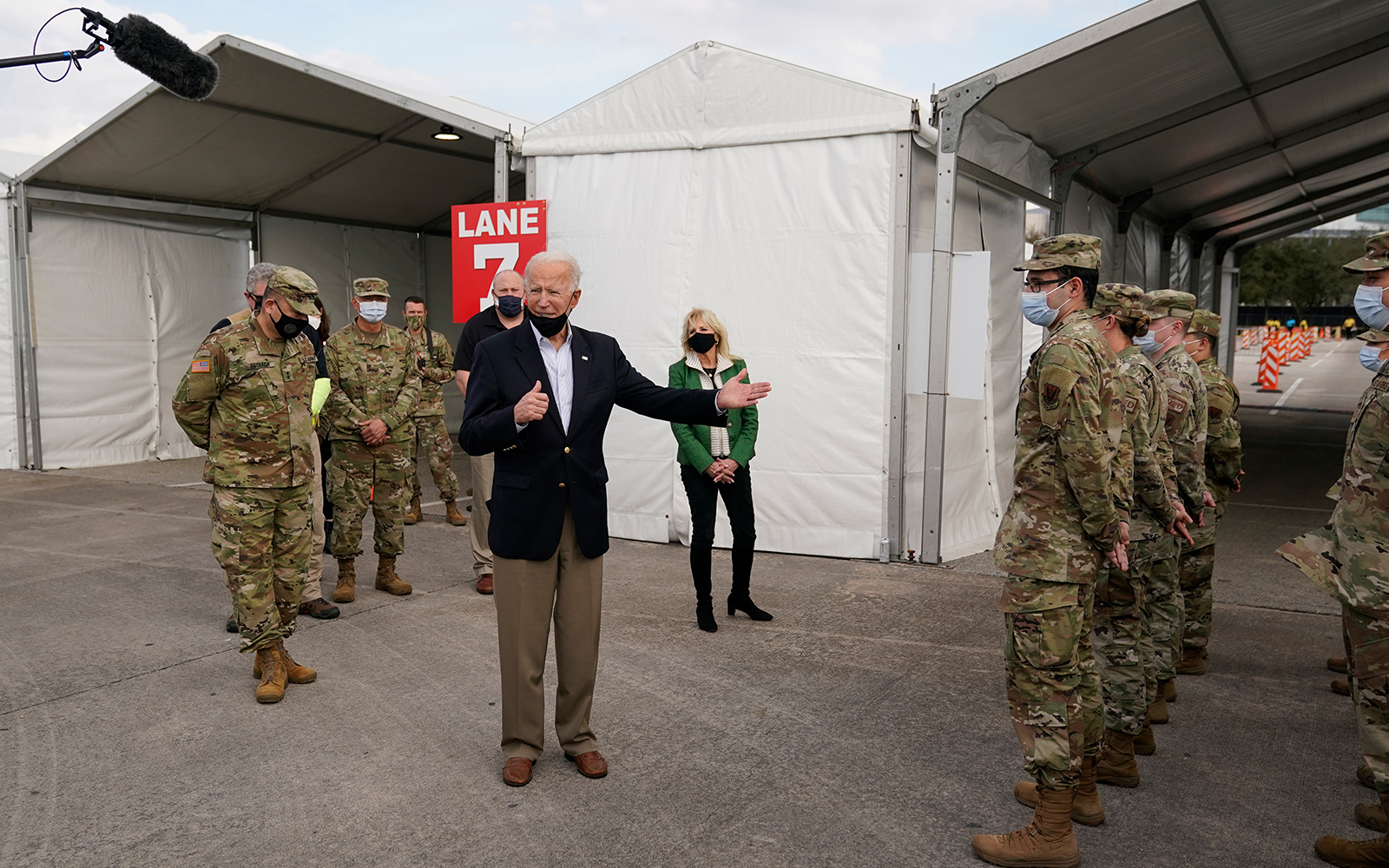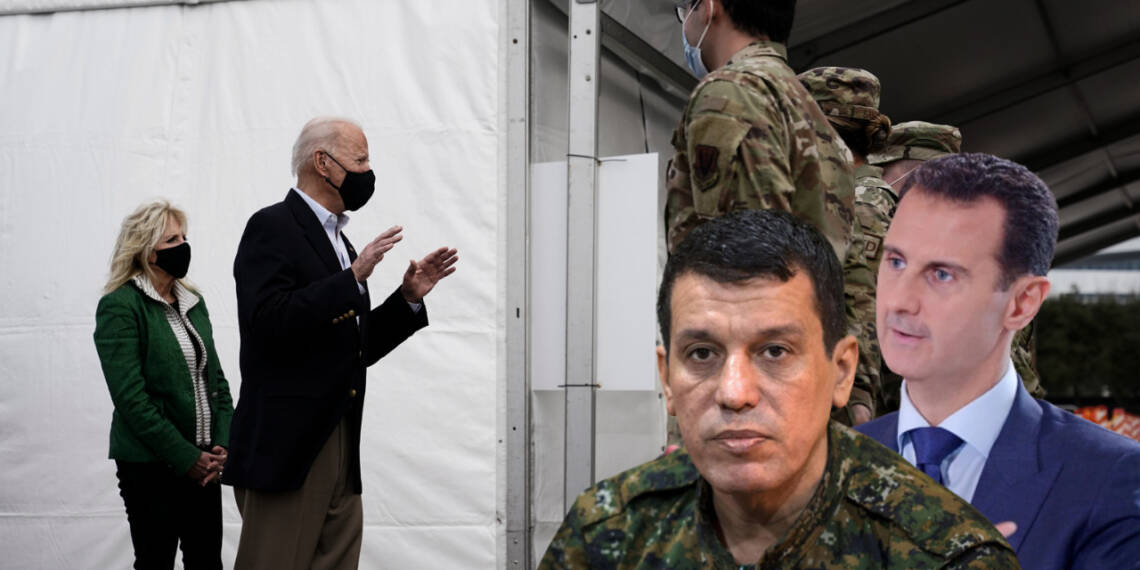In recent events, Syria has once again witnessed a resurgence of violence after years of simmering tensions.
On August 27, Ahmed al-Khubail, the commander of the Deir ez-Zor Military Council (DZMC), fell victim to SDF’s tactics. Under the guise of a meeting, the military wing of Syrian Democratic Forces (SDF) lured Khubail alongside his brother Adham and four other commanders, who were later arrested and put in prison.
The fallout from this incident resulted in violent clashes between the SDF and Arab tribesmen, leading to a grim toll of at least 90 fatalities and numerous injuries. This marks the first reported instance of such a significant internal conflict within the SDF-Arab factions.
The SDF holds sway over a semi-autonomous enclave in the northeast of Syria, encompassing substantial portions of Deir Az Zor province and extending into parts of Aleppo in the northwest.
Flames of Discord: Unpacking Syria’s Resurfacing Tensions
The region remains pretty volatile with accusations flying. An SDF spokesperson of the political wing has alleged that Tehran and Damascus are behind the deployment of tribal militias causing turmoil in northeastern Syria, where the majority of the nearly 900 U.S. troops are stationed.
Elham Ahmad, the leader of the Syrian Democratic Council, the SDF’s political arm, made a public statement on X, claiming that Iran and the Assad regime aim to portray the unrest as an ethnic conflict between Arabs and Kurds. Their ultimate goal is to compel the withdrawal of U.S. troops.

The relationship between the United States and the Syrian Democratic Forces (SDF) is rooted in a significant historical context.
The emergence of the Islamic State in 2014 presented a substantial threat to regional stability. Kurdish militias, including the People’s Protection Units (YPG), proved to be effective forces in countering ISIS, particularly in the northern Syrian region.
In response, the U.S. initiated a military coalition campaign against ISIS in 2014. Recognizing the YPG’s successful resistance against the terrorist group, the U.S. began providing support, including weaponry and training. This collaboration led to the formal establishment of the Syrian Democratic Forces (SDF) in October 2015, comprising the YPG, Arab tribal fighters, and other Syrian groups.
Allies in Strife: U.S. and SDF’s Complex Partnership
With U.S. air support and special forces, the SDF played a pivotal role in key battles against ISIS, culminating in the liberation of Raqqa in 2017, considered the heart of the ISIS self-declared caliphate.
Furthermore, an agreement between the SDF and the U.S. granted immunity from potential Turkish intervention in northern Syria, where the SDF holds influence. This arrangement aimed to deter any actions by Turkey, led by President Erdogan, who had expressed intentions to invade northern Syria.
Also, they share an adversary in the form of Syrian President Bashar Al-Assad. The SDF, encompassing Kurdish militias such as the YPG, has pursued the ambitious goal of political autonomy and self-rule in the northeastern regions of Syria.

The SDF has often laid accusations on Assad for marginalizing Kurds and suppressing their cultural and political aspirations. The SDF’s political ideology, steeped in Kurdish nationalism, stands in stark opposition to Assad’s stance.
This common ground between the U.S. and the SDF is rooted in their shared interest in countering Assad’s rule. Both the Obama and Biden administrations advocated for a democratic transition in Syria, asserting that Assad’s authoritarian governance clashed with the aspirations of the Syrian people.
Consequently, they offered support to opposition groups advocating for political change and the removal of the Assad regime.
The Syrian government’s close ties with Russia and Iran have added a layer of complexity, as this alliance was seen as a challenge to U.S. interests in the Middle East.
Since 2021, Biden’s continued support for the Syrian Democratic Forces (SDF) in Syria is notable, but it’s crucial to recognize a significant internal division within the SDF. While the political wing aligns with the U.S. interests, the militia and original fighter faction have opposed U.S. actions on multiple occasions.
Read More: Syria Iran military partnership is ultimately going to make Syria a target for Israel
Internal Struggles: SDF’s Military and Political Wings Clash
Tensions and disputes between the military and political wings of the SDF have occurred in the past. In 2018, a notable disagreement arose when the U.S. announced plans to establish a border security force in northern Syria, signaling a long-term presence.
The military faction vehemently opposed this move, perceiving it as an attack on their sovereignty. Consequently, the political wing, that initially supported the plan, withdrew its support, leading U.S. officials to abandon the idea.
Additionally, Ahmed al-Khubail has been a source of contention with the U.S. in the past. The SDF sought to remove him from his commander position in 2018, but the U.S. military intervened to prevent it.
This internal strife among the coalition has been a persistent issue, with the SDF’s military wing currently in the spotlight.
The situation within the Syrian Democratic Forces (SDF) takes an intriguing turn as the military wing appears to be leaning towards reconciliation with the Assad regime. While the SDF’s political wing attributes recent escalations to Damascus and Tehran, concrete evidence remains elusive.
However several news reports suggest that the SDF might be orchestrating a strategy to compel the withdrawal of over 900 U.S. troops from its territory.
SDF’s Political Paradox: Blaming Damascus While Seeking Reconciliation
There are signs of potential cooperation between the SDF and the Assad government, as reconciliation talks took place recently. The Kurdish-led militia, the Syrian Democratic Forces (SDF), has sought assistance from the United Arab Emirates (UAE) to broker a deal with Bashar al-Assad’s regime.
According to reports, Mazlum Kobane, the SDF’s commander-in-chief, traveled to the UAE in late March and early April for discussions with Emirati officials.
The purpose of this alleged visit and meeting, which reportedly included UAE’s national security adviser Tahnoun bin Zayed al Nahyan, was to seek Abu Dhabi’s support in persuading the Assad regime to consider the SDF’s proposals for reconciliation.

In recent years, the SDF and its affiliated Kurdish militias have sought closer ties with the Syrian government, particularly amidst Turkish military operations in northern Syria and the looming threat of further incursions.
Should the SDF and the Assad regime indeed come to terms, it could have significant implications for Syria’s future. This potential reconciliation poses a challenge for the U.S., which has long been involved in the Syrian conflict. If such an agreement materializes, it may signify the resolution of a substantial issue within Syria.
Read More: Zelensky sanctioned Syria! OK, But why?
Bashar al-Assad has consistently alleged that the U.S. has exploited political opponents for its own interests in the region. With the SDF and Assad on the brink of a deal, there is the prospect of a significant reset in Syria’s political landscape. An independent Syria, free from direct U.S. involvement, could become a reality.
Watch More:








